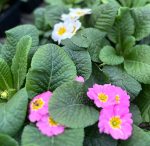
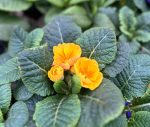
6 Pack Primula
£3.00
Out of stock
The term “Primula” refers to a genus of herbaceous flowering plants within the family Primulaceae. This diverse genus includes a wide variety of species, many of which are popular ornamental plants cultivated for their attractive flowers. Here’s a general description of the Primula genus:
Habitat: Primulas are native to various temperate regions around the world, including Asia, Europe, and North America. They can be found in diverse habitats ranging from alpine meadows to woodland areas.
Plant Characteristics:
Leaves: The leaves of Primula species vary in shape and size. They are often basal, forming a rosette at the base of the plant. Leaves may be smooth-edged or toothed.
Flowers: Primula flowers are the standout feature of the genus. They come in a wide range of colors, including shades of yellow, pink, purple, blue, red, and white. The flowers are typically five-petaled and can be solitary or arranged in clusters (umbels or cymes).
Blooming Period: Depending on the species, Primulas can bloom in different seasons. Many species flower in spring, making them popular choices for early-season gardens.
Common Species:
Primula vulgaris (Common Primrose): Native to Europe and western Asia, this species is known for its pale yellow flowers and is often one of the first signs of spring.
Primula veris (Cowslip): Found in Europe and Asia, Cowslip produces clusters of nodding, bell-shaped flowers in various colors.
Primula japonica (Japanese Primrose): Native to Japan, this species has bold, umbrella-like clusters of flowers in shades of pink, red, or white.
Cultivation:
Soil: Primulas generally prefer moist, well-draining soil rich in organic matter.
Light: Many species of Primula thrive in partial shade or dappled sunlight, making them suitable for woodland gardens.
Watering: Adequate moisture is crucial for Primulas, and they benefit from consistent watering.
Uses:
Ornamental: Primulas are widely cultivated for their ornamental value and are popular choices for spring gardens, borders, and containers.
Alpine Gardens: Some species, especially those adapted to alpine environments, are suitable for rock gardens and alpine plantings.
Propagation:
Primulas can be propagated by seeds, division of established clumps, or by rooting offsets.
The Primula genus offers a diverse array of plants, each with its unique charm. Gardeners often appreciate them for their early bloom, vibrant colors, and adaptability to different garden settings.
| Flower Colour |
TBC |
|---|---|
| Size |
6 Pack |
| Root Type |
TBC |
| Foliage Colour |
TBC |
| Soil Type |
TBC |
| Addition |
No |
Only logged in customers who have purchased this product may leave a review.


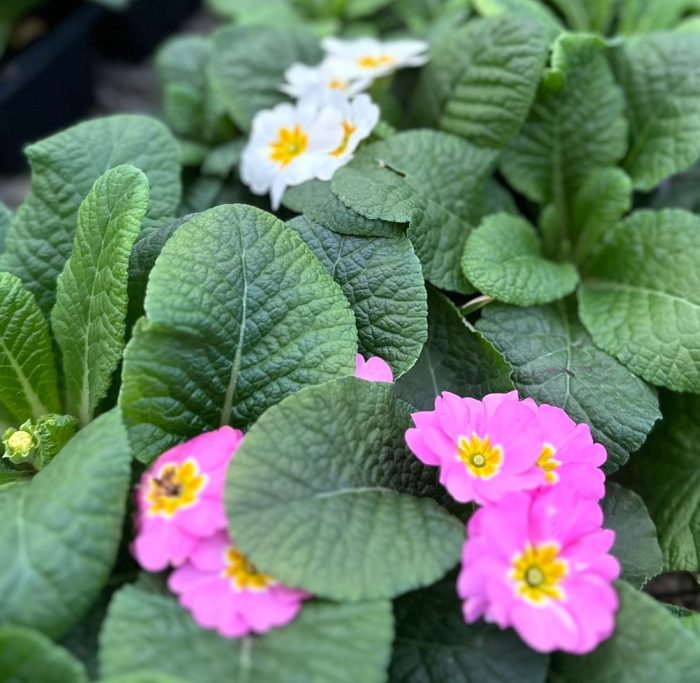
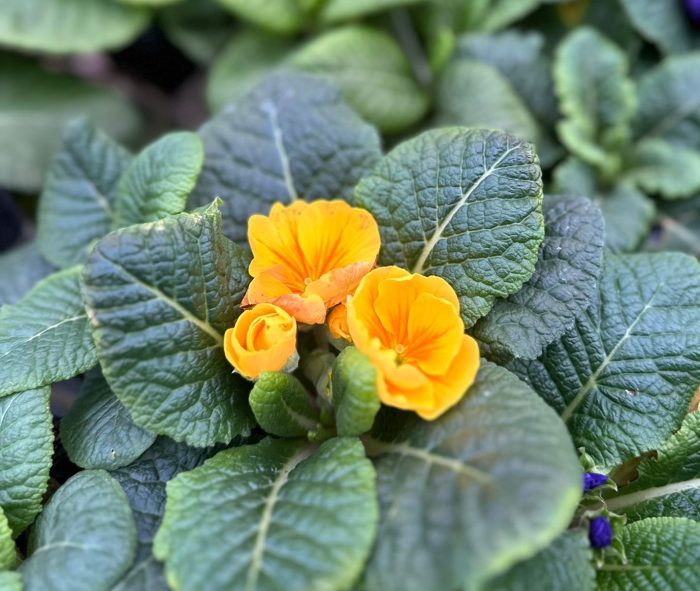

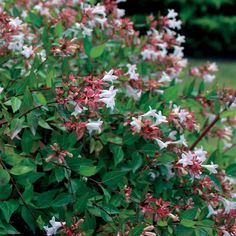


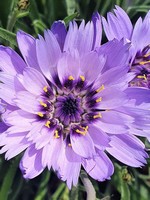

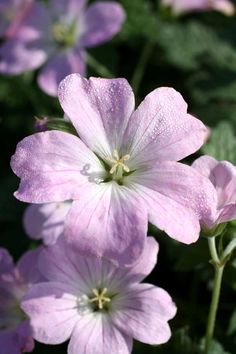
Reviews
There are no reviews yet.